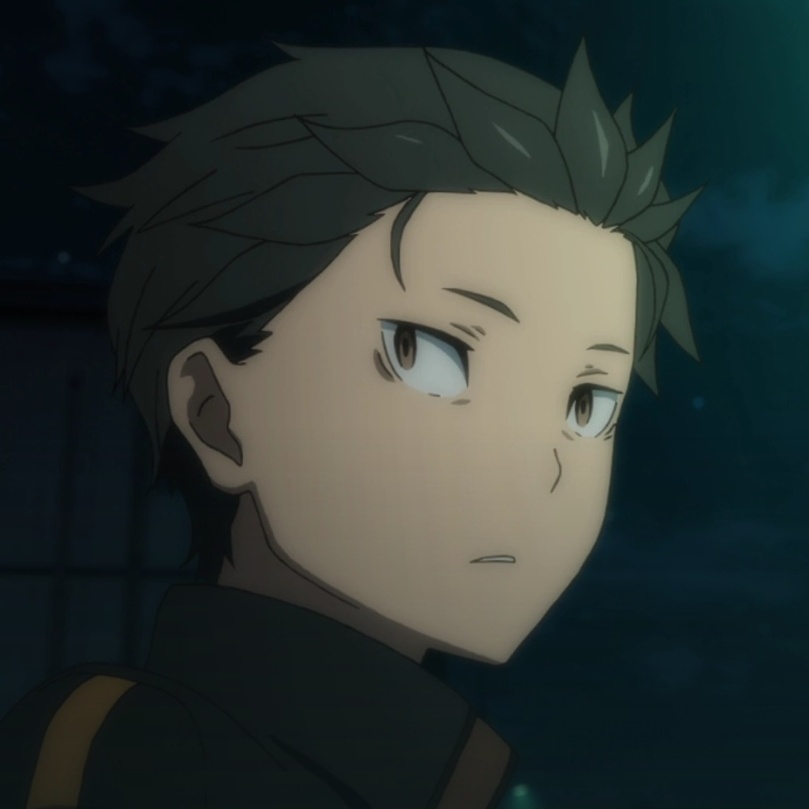I’m trying to extract the frames of a video as individual images but it’s really slow, except when I’m using jpeg. The obvious issue with jpegs is the data loss from the compression, I want the images to be lossless. Extracting them as jpegs manages about 50-70 fps but as pngs it’s only 4 fps and it seems to continue getting slower, after 1 minute of the 11 minute video it’s only 3.5 fps.
I suspect it’s because I’m doing this on an external 5tb hard drive, connected over USB 3.0 and the write speed can’t keep up. So my idea was to use a different image format. I tried lossless jpeg xl and lossless webp but both of them are even slower, only managing to extract at about 0.5 fps or something. I have no idea why that’s so slow, the files are a lot smaller than png, so it can’t be because of the write speed.
I would appreciate it if anyone could help me with this.


Honestly I don’t know, but it seems to me like extracting every single frame of a video as a lossless PNG is only really something that’s necessary if you’re trying to archive something or do frame by frame restoration. Either way, it is something that you hopefully aren’t doing every day, so why not just let it run overnight & move on?
Otherwise ask yourself if you can settle with just extracting a single clip/section, or what’s actually wrong with lossy jpeg with a low -qscale:v (high quality) - start around 5 and work down until you visually can’t see any difference
I’m doing this to upscale and interpolate the video and I want the best quality possible, since the source is using h.264 and I’m exporting to AV1. I was using jpeg with qscale:v 0 and 100% quality but you could still see compression artifacts, which is why I want to use a lossless format now. The upscaling and interpolation also takes quite a lot of time, so I’m also trying to minimize the time each step takes, if possible, since I’ll be doing this with multiple videos and I’ll probably use these scripts I made in the future a few more times.
Have you verified that they’re actually new jpeg artifacts, not just the h264 artifacts?
Yes, I compared it to the same frame exported as a png
Have you considered using av1an? it supports vaporsynth which has a large amount of upscale and frame interpolation tools, AI or not. If your upscaler supports vapoursynth, it could be a lot better option.
I use upscayl-ncnn (basically just the cli version of Upscayl) and it doesn’t support vapoursynth. I’ve heard of it before but I don’t really know what it is or how to use it.